Advertising has been in practice since Egyptian civilization.
It is relevant even today among marketers. The reason behind this is mainly due to its ability to adopt new technologies over time. Now, the latest technology that joins the world of advertising is AI.
Yes, you heard it right! AI is no longer a notion or a technology that solely focuses on robots. At present, there is a widespread adoption of artificial intelligence in the advertising field.
Marketers often use AI for analyzing customer data, automating repetitive tasks, personalizing content, segmenting leads, and predicting outcomes.
According to a recent survey by Next MSC, from 2025 to 2030, the AI market size is projected to grow by 20X with a whopping revenue of $ 2.3 trillion.
Artificial intelligence (AI) has impacted communication for brands across the industry in redefining their advertising strategies.
Want to know more about how AI is reimagining digital advertising? Stay tuned to this blog until the end! Without further ado, let’s get started!
What is AI in Digital Advertising?

Artificial intelligence in digital advertising refers to the use of technologies, such as machine learning, natural language processing, and data analytics, to deliver better insights, automate advertising tasks, and make strategic decisions.
AI-powered systems evaluate customer behaviors, preferences, browsing history, and buying patterns. Using this data, it sends automated and highly personalized ads, driving your campaign’s performance and saving significant costs.
AI can be used to send personalized responses to customers based on the actions triggered by them through a site, an ad, or a promotional message. Also, AI has the capability of adapting and improving over a while through continuous feedback and fresh insights.
Although AI automates several crucial tasks in advertising that once required manual intervention, it won’t replace humans. This technology is more effective when it is combined with human skills and thoughts.
“There is still a need for human touch and creativity in advertising to infuse emotions in the brand messages and gain customers’ confidence.” Kerry Harrison, the copywriter at CIM
Since we have already drawn a picture of AI in digital advertising. Now let’s explore the AI tools that top marketers use in digital advertising to enhance their online presence.
What are the AI Tools Widely Used in Digital Advertising?
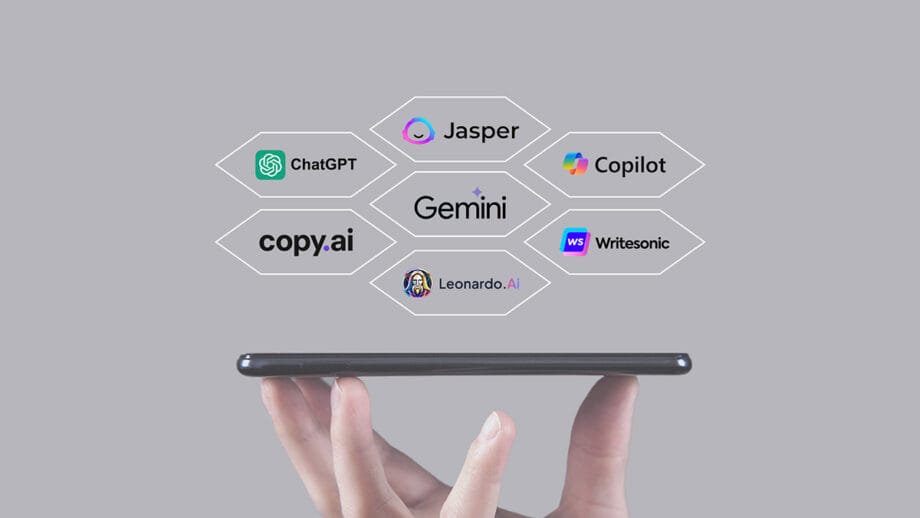
The use of AI tools in digital advertising is growing at the “speed of light.”
Several business models, such as B2B, B2C, D2C, etc., are adopting AI-powered tools and automation systems for their effective lead-generation campaigns.
Here’s the list of popular AI-based tools that marketers rely on for their online advertising:
| AI-Powered Tools | Percentage of Marketers Using These Tools | Purpose of Use |
| ChatGPT | 88% | General and market research purposes |
| Google Gemini | 52% | General and market research purposes |
| Microsoft Copilot | 44% | General and market research purposes |
| Jasper | 50% | Content writing |
| Copy.ai | 47% | Content writing |
| Writesonic | 32% | Content writing |
| DALL-E (Integrated with ChatGPT) | 40% | Image generator |
| Midjourney (Integrated with ChatGPT) | 38% | Image generator |
| Leonardo AI | 27% | Image generator |
| Runway | 71% | Video editing (automated features) |
| Synthesia | 68% | Video editing (automated features) |
| Gling | 53% | Video editing (automated features) |
| ElevenLabs | 81% | Voice & narration generation |
| Speechify | 63% | Voice & narration generation |
| Murf AI | 48% | Voice & narration generation |
Pros and Cons of AI in Digital Advertising
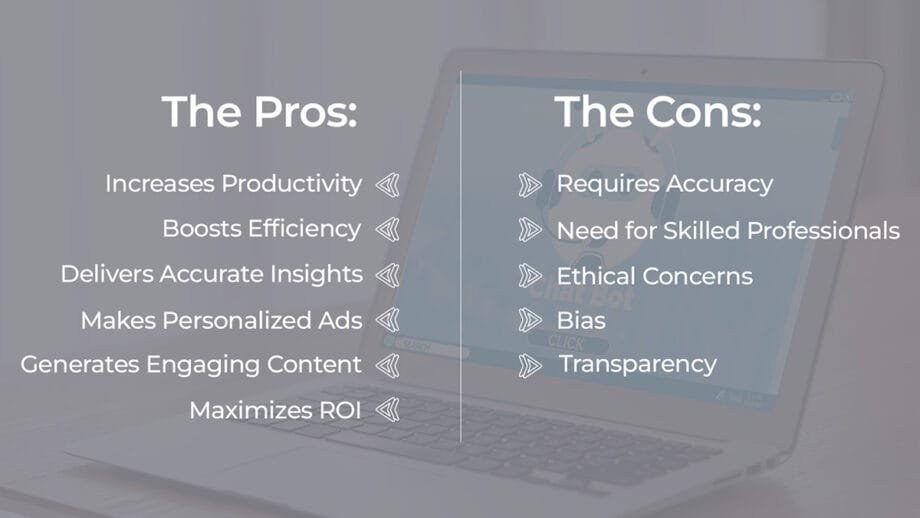
Artificial intelligence is the same as other technologies. There are several pros and cons of leveraging AI in digital advertising.
Eager to find out what those are? Continue reading the blog!
The Pros
There are numerous benefits of using AI in digital advertising. A few of them are listed below:

- Increases Productivity: You can use AI to automate your repetitive advertising tasks, saving you time to focus on other creative and productive work.
- Boosts Efficiency: Using AI-powered systems, you can make your campaign’s tasks, such as data integrations, organizing leads, responding to customers’ queries, and analyzing the prospect’s preferences and behaviors, more efficient.
- Delivers Accurate Insights: You can use AI’s data analysis and decision-making abilities to fetch your customers as well as campaign insights for making more informed decisions.
- Makes Personalized Ads: Leveraging AI, you can examine your customers’ data to create and deliver personalized content or product recommendations, enhancing your client experiences.
- Generates Engaging Content: Utilizing AI tools allows you to generate well-defined, engaging, and user-friendly content across all digital channels, improving response and engagement rates.
- Maximizes ROI: Having AI insights at your fingertips, you can predict your customers’ purchasing patterns, enabling you to send relevant and personalized promotional messages at each level of your marketing funnel. Eventually, this boosts your ROI and brand recognition.
The Cons
Here are several cons of using AI in digital advertising:

- Requires Accuracy: Even the smallest errors in data can cause big impacts and inaccuracies in advertising, potentially harming your brand reputation.
- Need for Skilled Professionals: As more AI tools are accessible to marketers, there is a need for skilled professionals with knowledge of using these smart systems.
- Ethical Concerns: A widespread adoption of AI across industries gives rise to ethical concerns, such as data manipulation, violating users’ consent, hacking factors, and much more in targeted ads.
- Bias: AI performs effectively based on the data it inputs. Thus, you need to be more careful about age, gender, racial, socioeconomic, and cultural prejudice.
- Transparency: AI raises a very serious concern and question about authorship, plagiarism, transparency, and intellectual property. AI-generated content is being exploited everywhere in the digital space.
Till now, you’ve encountered the pros and cons of using AI in advertising. It’s time to dive into the top trends of AI in digital advertising.
5 Latest Trends of AI in Digital Advertising
The current trend of AI is that it is the preferred choice of every marketer for achieving milestones in digital advertising.
A recent study by McKinsey reveals that 50% of companies that have already integrated AI into their advertising witnessed exponential growth in customer responses.
AI in advertising is mostly dominated by Generative AI for creating content and hyper-personalizing the ads. Predictive AI is for predicting the outcomes and optimizing the campaign’s strategy accordingly.
There are several latest trends of AI in digital advertising that popular brands worldwide are trying out to captivate their customers’ interest. A few of them are listed below:
Hyper-Personalization: Re-imagining the Customer Experience

Artificial intelligence plays a pivotal role in reimagining your customer experiences and engagement through automation.
Using AI models, the top global brands worldwide analyze several crucial insights, including browsing history, on-site behaviors, open rates, click rates, purchasing patterns, and much more.
Having this data at hand, AI generates and delivers content, offers, promotional messages, and product recommendations to the relevant customers. This leads to better customer experiences and seamless lead nurturing.
Moreover, AI tools, such as Insider, Braze, and Adobe Target, enable you to personalize the interaction among your audiences that precisely matches their needs and interests.
By doing so, you can captivate the attention of target audiences as well as simplify the customers’ experiences.
AI-Powered Content Creation for Maximized Engagement
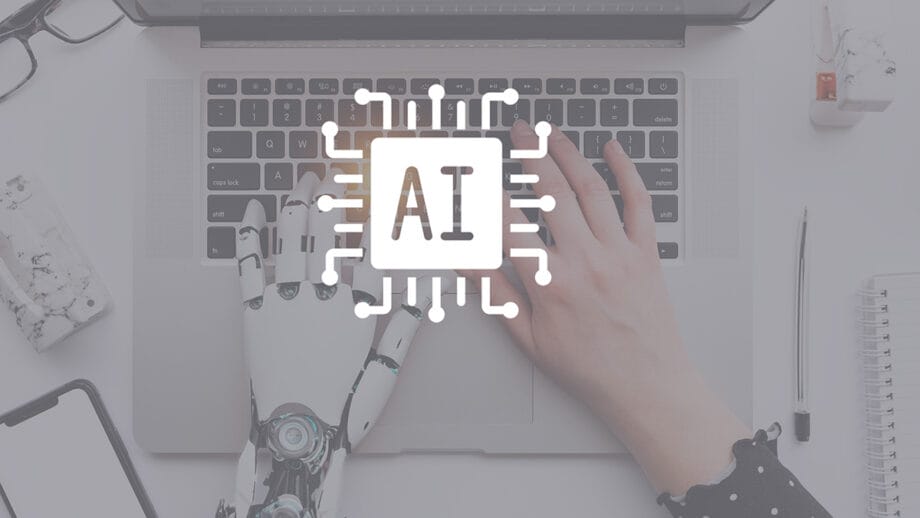
Using AI for content creation may sound controversial. However, it is a fact that AI has been widely chosen by marketers for creating engaging and impactful content.
Several AI tools and applications, such as ChatGPT, Gemini, Canva, Jasper, Runway ML, etc., are popular choices among marketing professionals for content creation.
The world’s leading companies, including Amazon, IBM, Microsoft, Canva, Spotify, and others, are using Artificial Intelligence to generate content.
Leveraging generative AI, businesses can create impactful, provocative, and visually appealing content in the form of written, audio, video, and graphics to connect with potential audiences for seamless brand engagement.
Although using AI, marketers can generate promotional materials to launch the campaign much faster. There is a need for a human touch to the AI-generated content to build trust and credibility among your customer base.
Predictive Analytics: A Catalyst for Successful Lead Generation
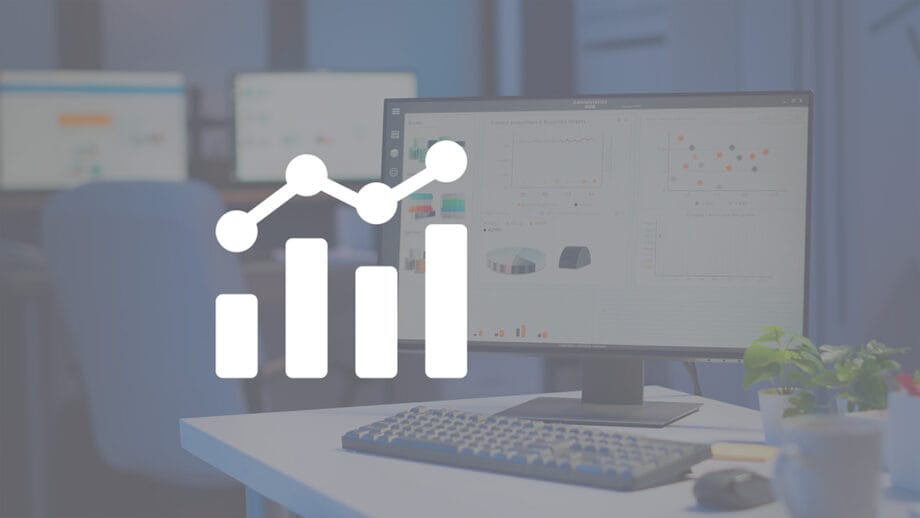
Predictive AI can be a goldmine for marketers seeking to enhance their digital advertising campaigns.
Predictive analytics uses prospects’ historical data, behaviors, psychographics, purchasing patterns, etc, to make predictions of possible outcomes.
Based on the audience engagement with your brand, the technology uses artificial intelligence (AI) and machine learning (ML) algorithms to score your prospects that are more likely to convert.
Predictive analytics enables marketers to predict the audience’s next move. Therefore, you don’t have to spend recklessly and allocate a specific budget required to convert them into responsive leads.
You can see the pattern of predictive analytics across the platform, such as Google Ads and Meta Ads. These applications are extensively used by marketers to boost the lead volume, saving significant costs from the marketing budget.
Integrating predictive analytics in your digital advertising increases the chance of lead generation success, simplifying its operations, such as:
- Analyzing customer behavior
- Measuring campaign performance
- Reducing customer churn
- Optimizing media spend
- Scoring the leads
- And much more
AI-Enabled Ad Campaigns: Unveiling the New Opportunities
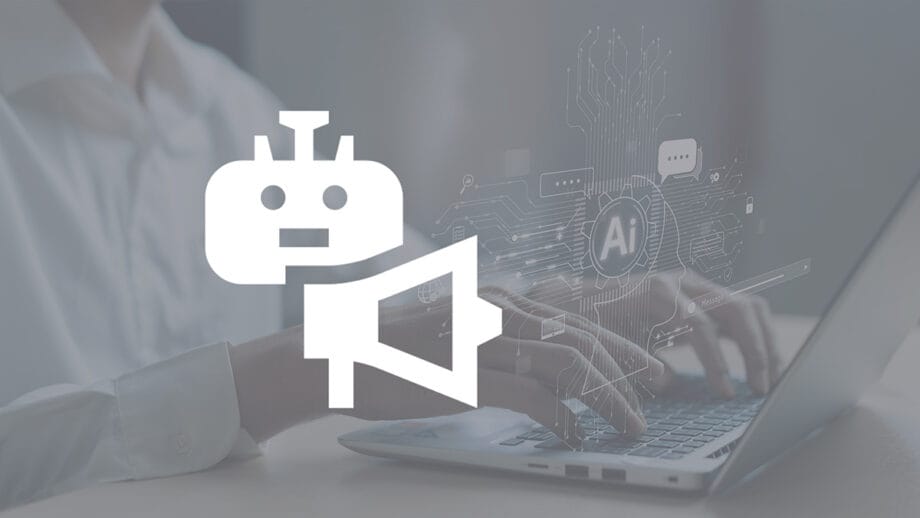
There are many real-time benefits of integrating AI in digital advertising.
The platforms, such as LinkedIn Ads, Twitter Ads, Meta, and Google Ads, are using artificial intelligence (AI) to manage paid advertising efforts.
AI-powered Ad campaigns unlock new business opportunities, facilitating targeted, result-oriented, and personalized targeting.
AI can analyze the prospect’s data and segment them based on various criteria, including demographics, behaviors, buying patterns, online engagement, and more.
Having this crucial information at hand, you can target your potential audience according to their preferences and choices, resulting in high response and engagement rates.
The generative AI models automate repetitive and painstaking advertising tasks, enabling you to focus on other productive marketing strategies. This leads to enhanced customer engagement, elevated conversion rates, improved ROI, and ultimately increased new business opportunities.
Voice Search and Conversational AI for Seamless Communication
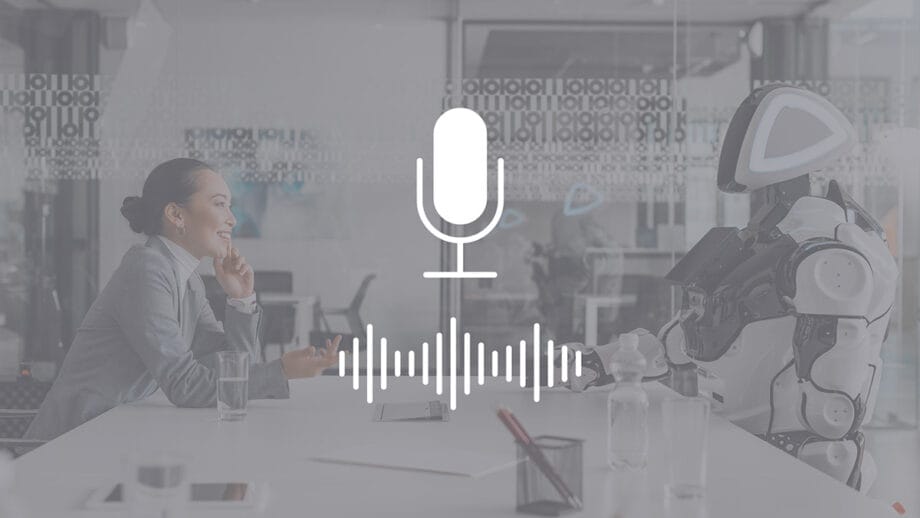
The integration of AI chatbots into digital advertising channels has significantly improved prospect engagement, even in the B2B business scene.
The AI-powered chatbots, assistants, and systems are built to provide rapid responses to prospect queries, boosting the response and engagement rates gradually over time.
The AI-powered chatbots use NLP & machine learning algorithms, providing more subtle and contextual responses that are humanoid.
By doing so, you can achieve more responses, engagements, and effective customer service experiences. One such example you can see is IBM’s strategic decision to implement the Watson AI.
This AI-powered helpdesk assistant boosts customer service and provides quick replies to various audience inquiries.
Moreover, it also showcases the number of audiences interested in your brand, scoring them with specific numbers, facilitating effective lead scoring.
The company reports that around 72% of audiences prefer chatbots over others for instant communication with brands.
These trends are even becoming more common in the B2B sector now, where the ability of AI assistants that simplify customer interactions results in higher client response and engagement rates.
Conclusion

To sum it up, artificial intelligence (AI) is transforming the future of digital advertising. The AI-driven tools are used widely by global brands, such as Amazon, Spotify, Canva, Microsoft, etc., to automate repetitive advertising tasks, saving time and resources on other useful strategies.
There are powerful AI tools that can be used to change the trajectory of your future digital advertising. From ChatGPT and Microsoft Copilot to Jasper and Leonardo AI, you can use them to create engaging and impactful content, capturing your audience’s attention.
AI can be a companion for your business in maintaining its digital presence. You can use the AI-powered systems for enabling hyper-personalization, maximizing prospect engagement rates, achieving successful lead generation, unlocking new business opportunities, and facilitating seamless communication.
Although AI is a jack-of-all-trades in digital advertising. Still, there is a need for human expertise to make the most out of its efficiency.
Also, artificial intelligence is more susceptible to ethical concerns, such as hacking factors, violating user consent, data manipulation, and more. Thus, having in-house skilled professionals is crucial to gain the benefits of AI in digital advertising.






